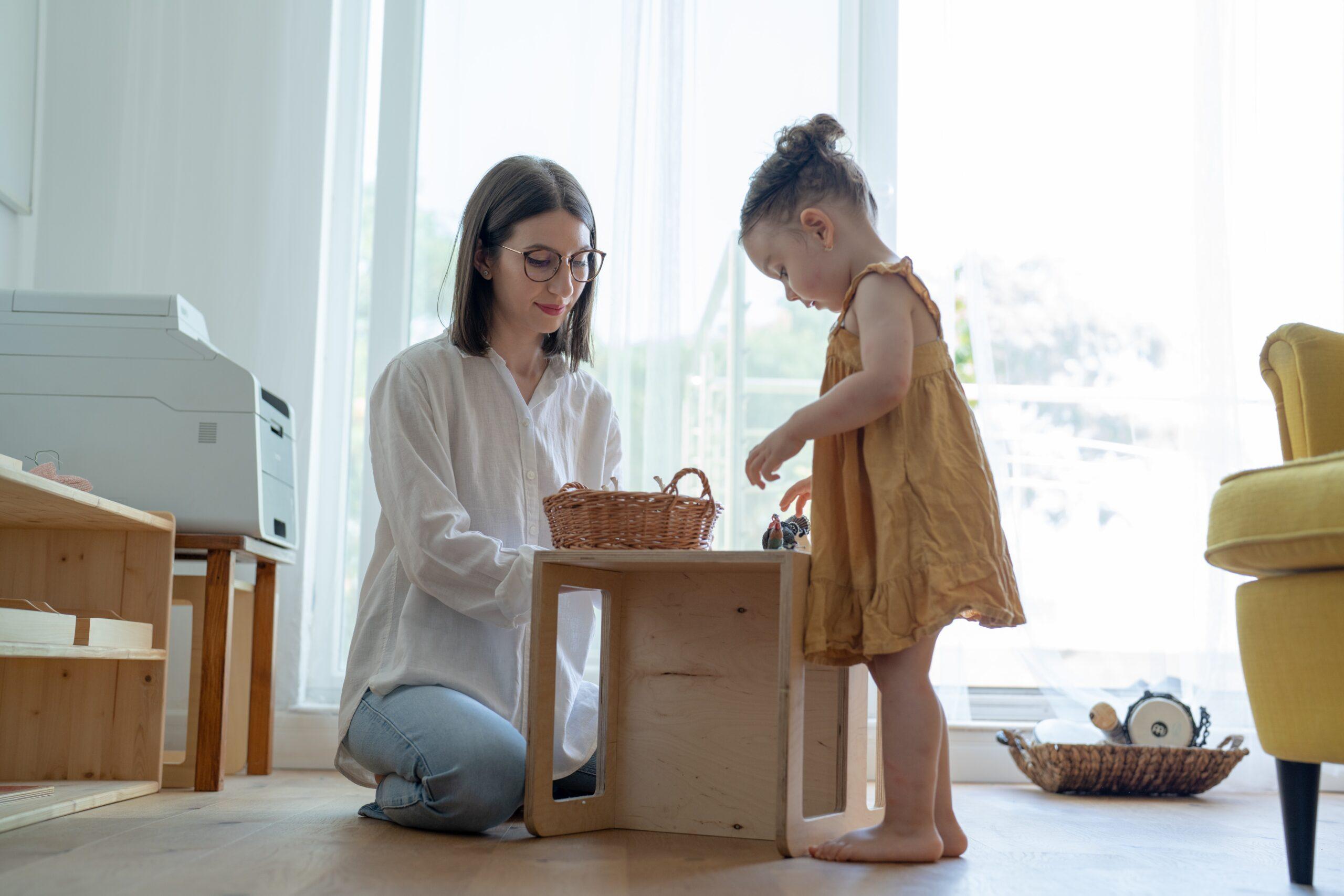Imagine being filled with emotion, yet unable to express how you feel. That’s what many children with disabilities face. Through art, however, all children may freely express their feelings.
As an art teacher for students with special needs, I see the value of art in my classroom every day.
Children who have problems with speech, language and motor skills struggle with verbalizing what they feel and need. This is frustrating for the children, upsetting for their parents and challenging for their educators.
Fortunately, art benefits cognitive and physical development, strengthens problem-solving and critical-thinking skills, develops a sense of goal-setting and nurtures social skills that are critical inside and outside the classroom, according to a study by the nonprofit organization Americans for the Arts.
While art is important for all children, it’s crucial for kids with special needs. Artistic activities directly exercise and strengthen the cognitive and physical skills that generally challenge special needs children, such as oral, tactile, visual, sensory and motor skills.
The special needs and emotionally disturbed children I teach nearly always have issues with appropriate self-expression. They lack the self-confidence, social skills and verbal capabilities to suitably express themselves. Couple this with learning disabilities, behaviors that are not age appropriate and problems developing and maintaining relationships, and you have a syndrome mix that can cause children to fail academically.
But, art represents one amazing subject, at school and home, at which children with special needs can succeed. Along with being a catalyst for skill development, art teaches life lessons through a therapeutic method. One lesson is the power of planning. For special needs students, the planning that drives the artistic process is more important than the finished work. The challenge is to emphasize the process and eliminate feelings of failure when finished works don’t live up to students’ intentions.
To aid in planning the artistic process, discuss children’s ideas before they tackle a project. Find examples they can use for inspiration. Build a step-by-step plan that defines how children are going to carry out their projects. Help them see how a collection of thoughtful steps moves them steadily toward their goal.
Then, teach children to appreciate whatever direction their art takes them, especially if things end up differently from what they set out to accomplish. The life lesson is that, as the poet Robert Burns wrote, the best laid schemes of mice and men often go awry.
This maxim is valid for typical children as well as special needs children. Developing plans, following steps, adjusting a course of action as the plan plays out, accepting results, finding insight through failure— these are universal life lessons that naturally arise in arts education.
Indeed, this approach helps children realize that, with art as in life, there are no failing grades. Regardless of children’s developmental, physical, behavioral or emotional issues, their artwork should be measured for its therapeutic and aesthetic values.
With art, there is no right or wrong answer. It’s simply created, shared and appreciated. To that end, embracing children’s work is an essential part of art education for children with special needs. Likewise, showcase their work by displaying their creations around the house. This gives children a sense of pride and accomplishment, builds a “can-do” attitude and enhances feelings of self-worth— notably when kids see other people admiring their work.
If your child’s school doesn’t host student art show, suggest the school start doing so, and perhaps offer to help with organizing the event. An art show gives children an opportunity to see their work mounted, framed, displayed and admired.
Better still: Hold an auction where parents and neighbors can bid on and buy children’s artwork. There are few things more exciting for a child than to know his or her handiwork is, literally, valuable.
As part of my curriculum, we produce a number of art shows and auctions in the school and community throughout the year. The results are tremendous. Students get an incredibly positive ego boost, while the auctions raise needed funds for the children’s school.
I also encourage parents to promote art education at home. Plan projects, and follow them through step by step. Applaud the result, no matter how it ends up. And, again, appreciate the result by hanging children’s creations.
When your child works on a project, remember that showing instead of telling keeps children focused and enthusiastic. Set kids up with ample art supplies, and sit with them to work on projects together.
Go beyond crayons and paints. Incorporate tactile materials, such as clay, dough, beads and magnets, into projects. Working with a variety of materials helps children improve hand-eye coordination and motor skills, and using the hands is therapeutic.
You can also invest in art activities books. One of my favorites is I Can Make a Rainbow (Incentive Publications) by Marjorie Frank. The book overflows with great activities that use simple materials found around the house.
Here’s a fun project to get you started.




